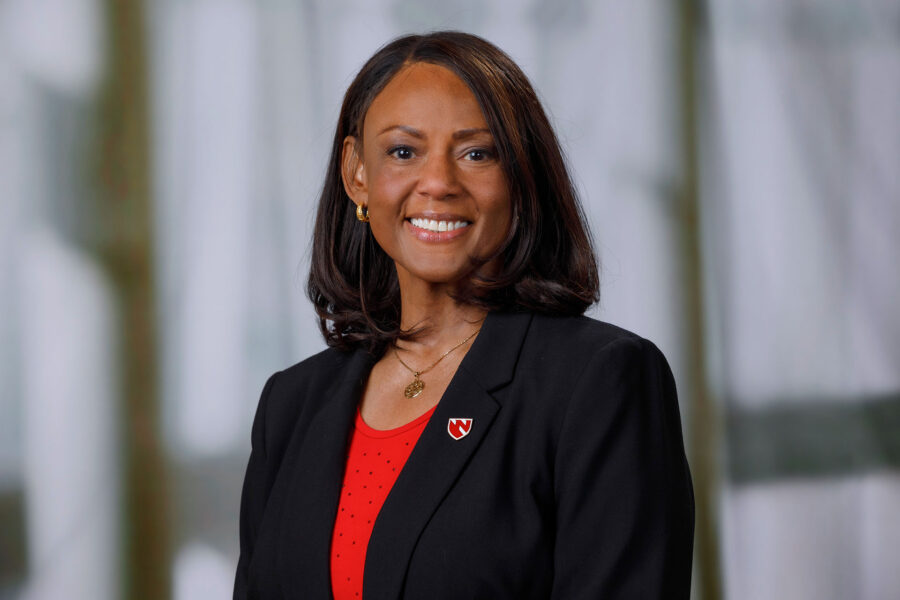With the results back from UNMC’s employee engagement survey, the rollout is underway to get the survey findings in front of campus leaders so they can start to determine how to put the information to use.
More than 2,600 employees – a total of 52% of invited employees – completed the survey between April 15 and May 2.
Since that time, the consultant working with UNMC Human Resources – Engage2Excel – has compiled and analyzed results, providing top-level findings from across UNMC while also preparing the data to be disseminated to individual departments and units within UNMC.
Overall, the survey found that employees:
- Are proud to work at UNMC. They like their work, feel a sense of personal accomplishment and believe it makes good use of their skills and abilities.
- Feel part of a team. They work together to get the job done and have the tools, technology and equipment they need, along with managers who treat them with dignity and respect, as well as an organization that makes safety a priority.
- Had more unfavorable responses around questions about pay, employee recognition and communication.
Linda Cunningham, interim executive director for UNMC Human Resources, has been taking a phased approach to sharing the results, meeting first with UNMC Interim Chancellor H. Dele Davies, MD, and then the Chancellor’s Council.
Cunningham also discussed the survey during Dr. Davies’ monthly all-campus forum on Tuesday.
“Thank you to each and every employee who took the time and effort to complete the survey,” Cunningham said. “We are so excited to share the results of that with you.”
The next steps are to provide access to the survey data dashboard to senior leaders and administrators across UNMC, then to managers from individual departments and units with data specific to their respective areas.
Human resources will be equipping those leaders with training, guidance and resources to assist in using the survey findings. Ultimately, the survey data will be in their hands to analyze, interpret and move into action plans.
“Right now, we’re in step one, which is the what: ‘What are people thinking? What did they say on the survey?’” Cunningham said. “The next step to that would be why?
“When this information is rolled out to managers and leaders across the campus, they’re going to be encouraged to have those conversations with staff to understand why they think that way or feel that way, and then what it is we can do as a unit and as an organization to address those concerns.”
